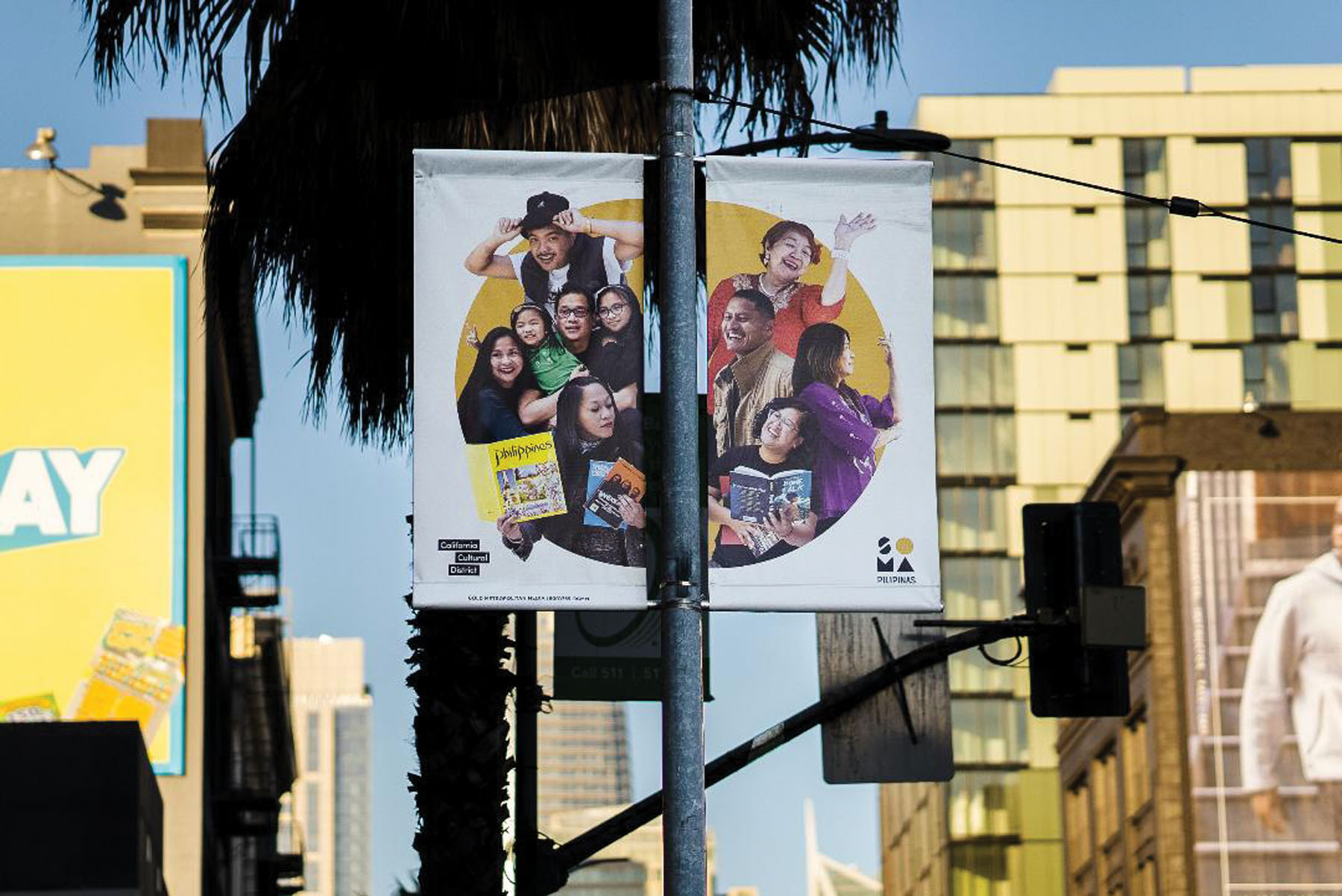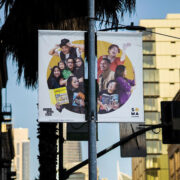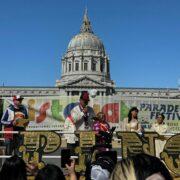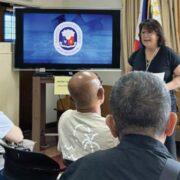
THREE hundred banners have been installed in San Francisco’s SOMA Pilipinas neighborhood as the country celebrates Filipino American History Month and continues to combat the spike of anti-Asian hate.
The banners placed along street light posts are located throughout the city’s Filipino Cultural Heritage District from Market to Brannan and 2nd to 11th streets.
“Our community was hit hard by the pandemic. A disproportionate number of Filipino nurses lost their lives and many of us lost loved ones. In SOMA, many residents lost their jobs and small businesses closed down. On top of all this, our elderly fear for their safety amidst the anti-Asian assaults in our City,” said Raquel Redondiez, director of SOMA Pilipinas. “This Filipino American History Month, we wanted to recognize our community heroes — residents, artists, and small businesses who continued to shine with the bayanihan (mutual support) spirit despite so many challenges. The banners are a declaration that we’re still here, and we will continue to build our cultural district towards an equitable economic recovery for all City.”
The banners feature a collage of residents, artists, and small businesses framed by the iconic sun of the SOMA Pilipinas logo and brand. “SOMA Pilipinas is not defined by bounding streets, but by a sense of place that radiates a resilient joy and shared determination. It is a district where the sun continues to rise, a living celebration of community, its people, and their stories. SOMA Pilipinas shines in its own light,” said Julie Munsayac, graphic design lead for the banners who also designed the first set of SOMA Pilipinas banners back in 2018.
Original photography on the banners and photos attached provided are by Nix Guirre, SOMA Pilipinas’ Program and Communications Coordinator.
The banners are supported by cultural district grants generated from the City’s Hotel Tax through the Mayor’s Office of Housing and Community Development.
While the hotel tax suffered an unprecedented decline with the pandemic, one-time grants were made available to help address COVID-specific impacts and to support economic recovery especially within the hardest-hit communities of color as represented by the City’s nine cultural districts.





